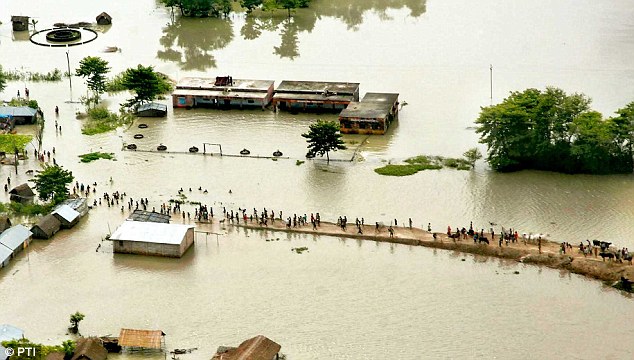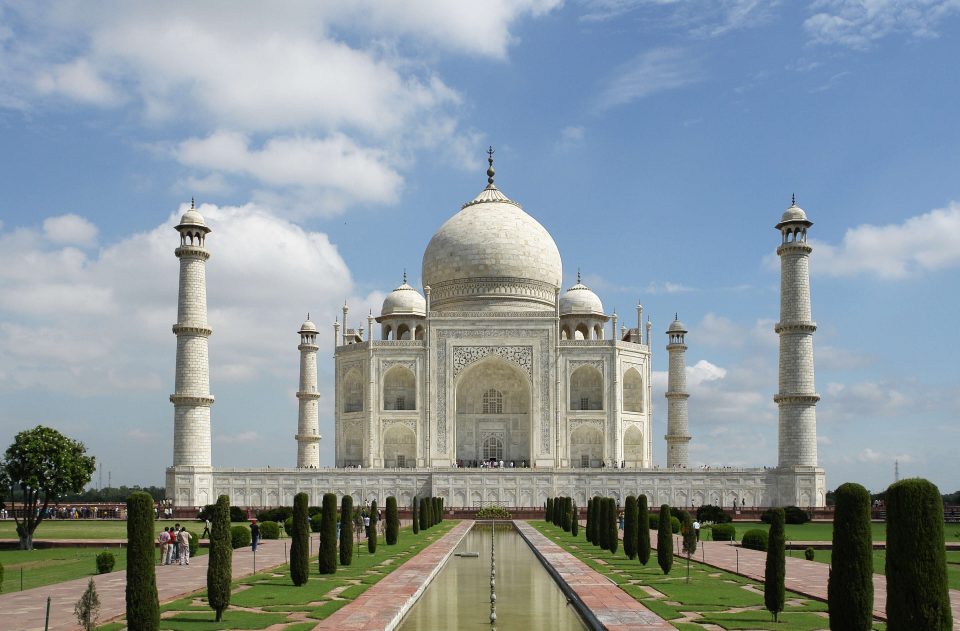New Delhi: The Foreign ministery on Monday released a statement that the Indian embassy camp office in Nepal’s Biratnagar that was hit by a minor explosion in April will be relocated.
The relief camp office located in Biratnagar, 380 kilometers from the capital Katmandu was opened in 2008 for relief work after the massive floods broke and swept the region along the Koshi river in Bihar and near the border with Nepal.
MEA Spokesperson Raveesh Kumar said that “The purpose for which this camp office was opened has been fulfilled. India had already decided to wind up the camp office and relocate the personnel.”
“This decision was conveyed by Prime Minister Modi to his Nepalese counterpart during his visit to Nepal last week. The PM of Nepal thanked the PM for informing him about this decision,” Mr. Kumar said.
According to media reports, the temporary office in Biratnagar was mainly used for issuing passes to vehicles going to India after a 17-km-long stretch of the East-West Highway was damaged due to floodwater.
As an independent media platform, we do not take advertisements from governments and corporate houses. It is you, our readers, who have supported us on our journey to do honest and unbiased journalism. Please contribute, so that we can continue to do the same in future.


